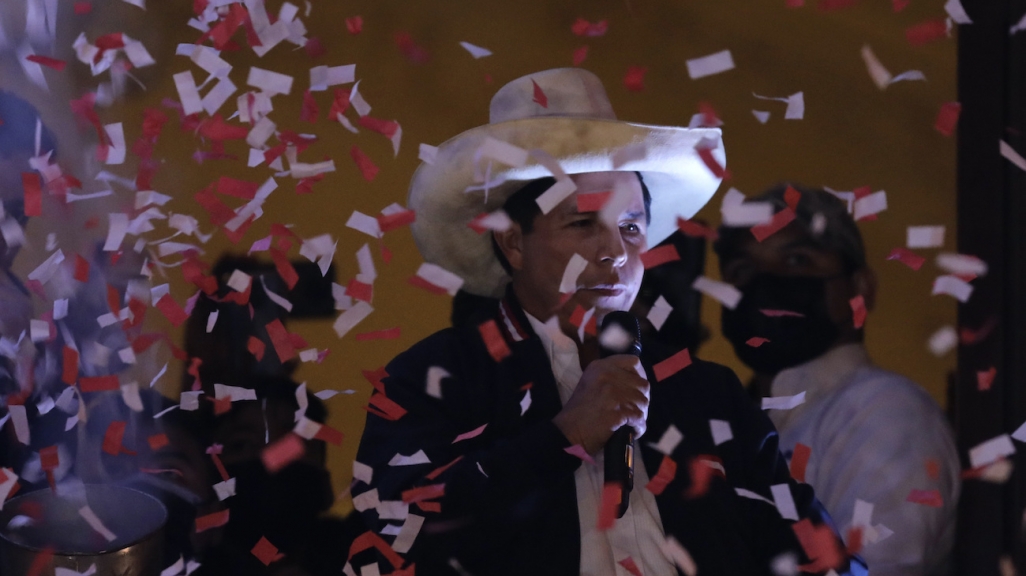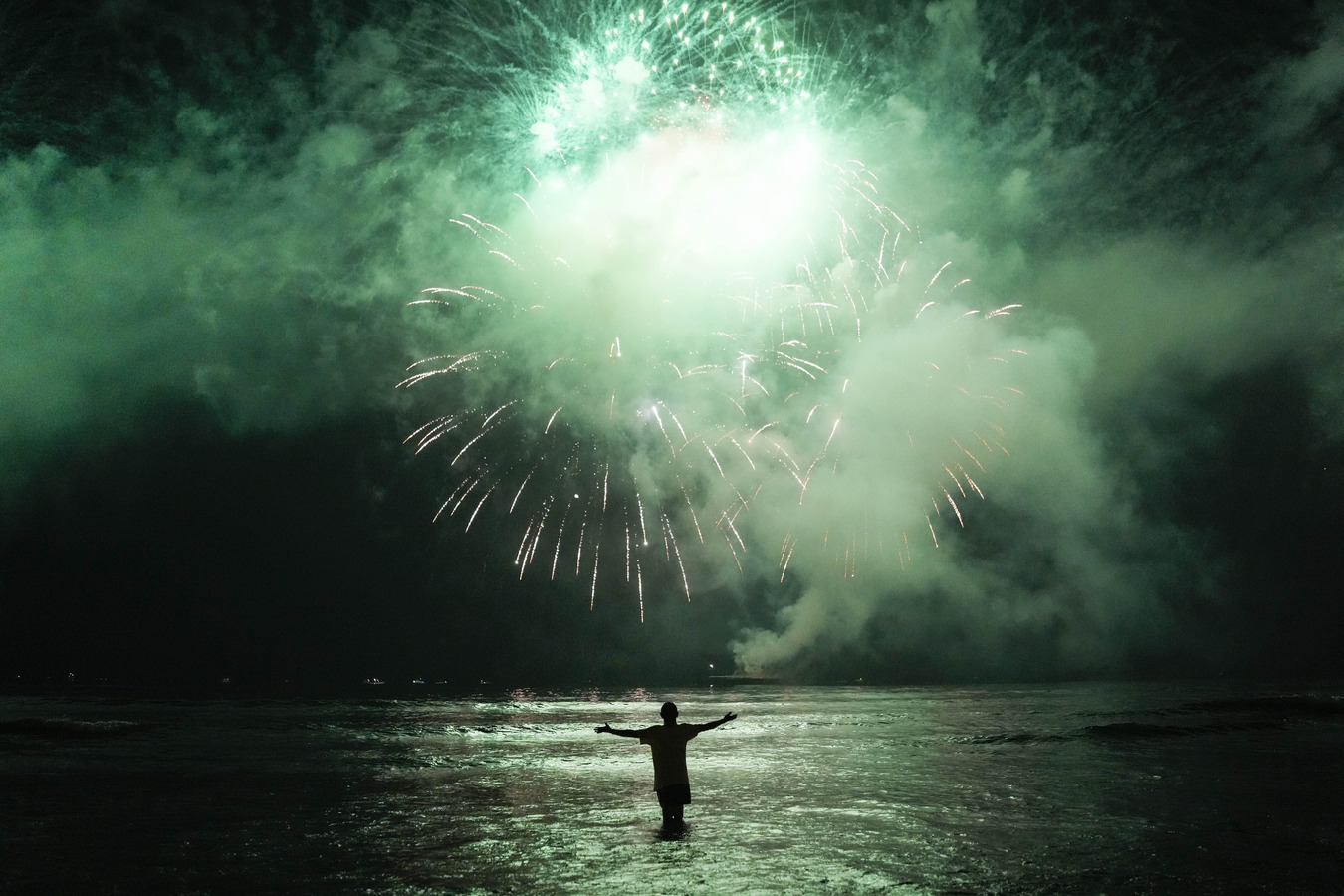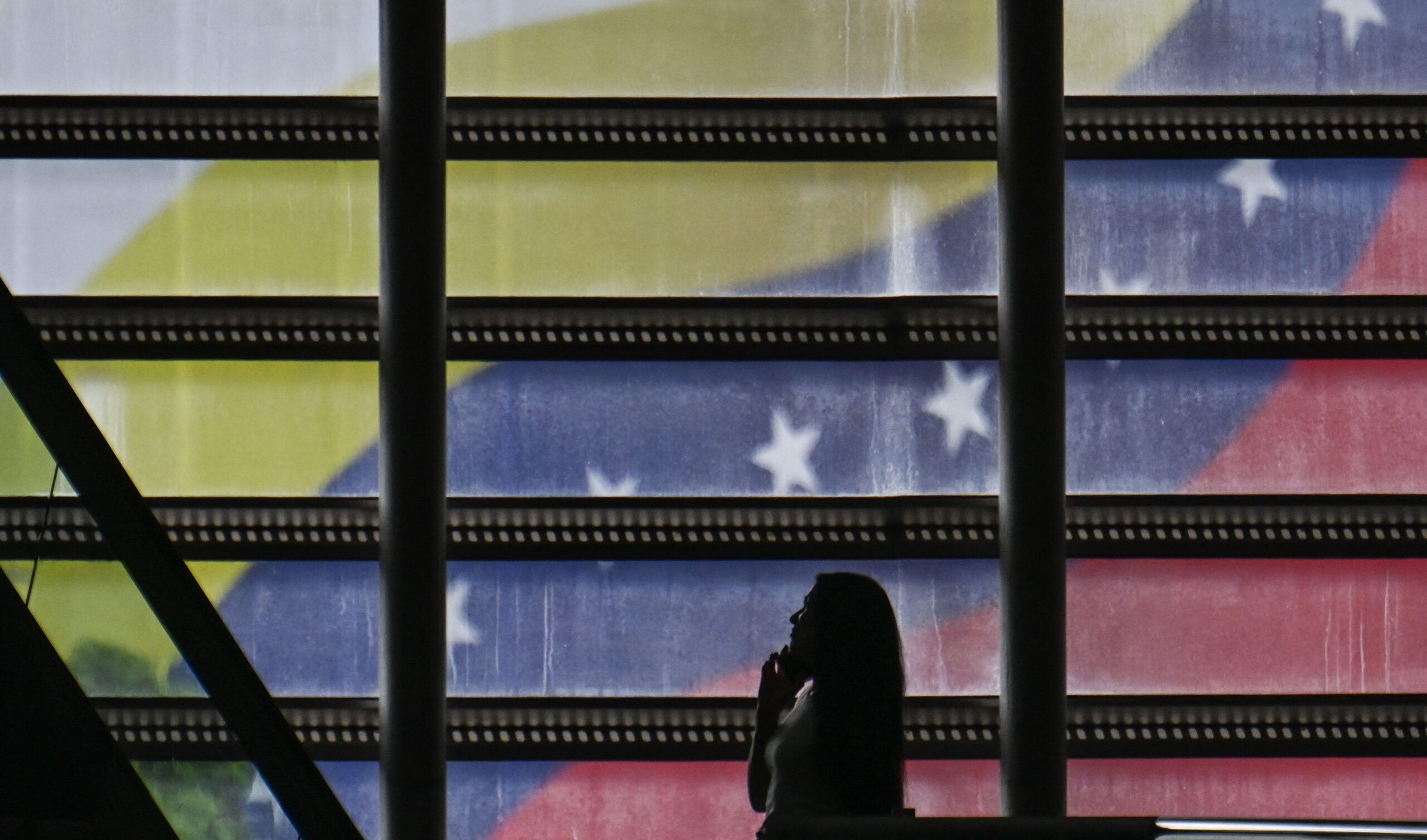LatAm in Focus: Pedro Castillo Gets the Keys to Peru's Castle
LatAm in Focus: Pedro Castillo Gets the Keys to Peru's Castle
Journalist Mitra Taj and legal expert Alonso Gurmendi discuss the bumpy road ahead for Peru’s new president.
“We don’t know what shade of left this government’s going to be.” —Mitra Taj
“Are we a country of Lima, or are we a country of the Andes?” —Alonso Gurmendi









